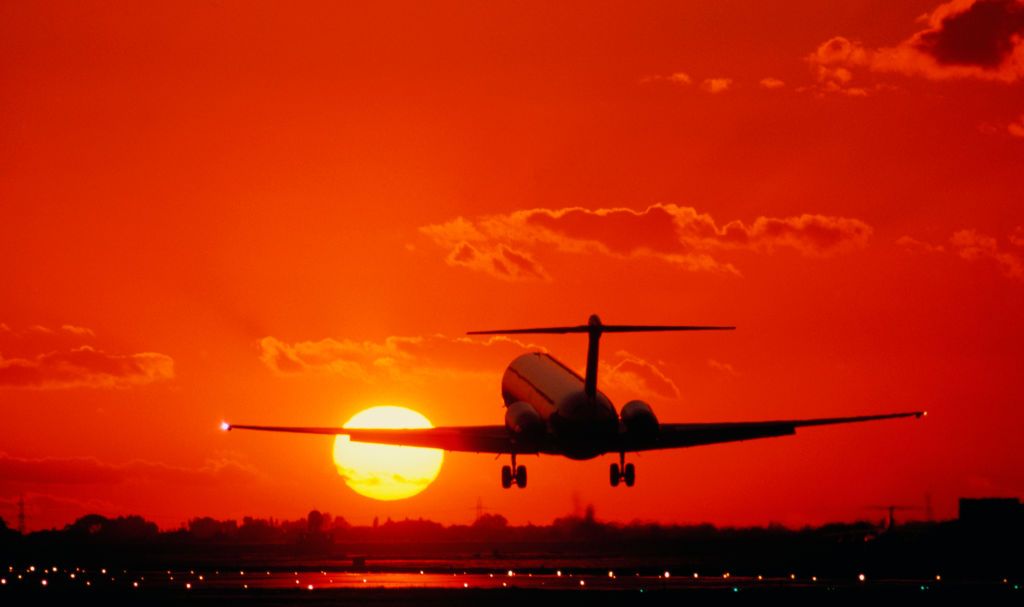A T-tail is a form of empennage where the horizontal stabilizer is mounted to the top of the fin. This shape resembles a capital T, giving birth to the moniker of T-tail.
Prevalence over the years
While T-tails are a rarity in modern aviation, they were well spotted in the past. Veterans such as Boeing's 717, 727, and 717 boasted this tail. Many influential fuselage-mounted engined jets such as the BAC One-Eleven, the DC-9, MD-80, and MD-90, the Fokker F28, F70 and F100, and the Vickers VC-10 had such a setup. Russia’s Tupolev Tu-135 and Tu-154, and Ilyushin Il-62 were other suitors.
In today’s commercial climate, Bombardier's CRJ Series, Embraer's ERJ, and the BAe 146 can be seen with T-tails. Many travelers would also notice them on business jets.
A helping hand
It’s not all about aesthetics with this design. There are several benefits to be had with a T-tail.
Notably, placing a horizontal stabilizer higher relates to airflow. The move allows the tail to be kept out of the disturbed airflow behind the wing and engines, which is a requirement for fuselage-mounted engines. Moreover, a high horizontal stabilizer helps when it comes to short-field performance.
SKYbrary shares the following about the benefits of a T-tail:
“The main advantage of a T-tail is that during normal flight conditions the elevator is above most of the effects of downwash from the propeller (in case of a propeller-driven aircraft) and the airflow around the fuselage and wings. Elevator operation in undisturbed air allows control movements that are consistent throughout most flight regimes.”
Stay informed: Sign up for our daily and weekly aviation news digests.
Plenty to consider
Yet, there are also notable drawbacks to a T-tail. For instance, the plane may be subject to stalls at high angles of attack when airflow over the horizontal stabilizer and elevators is blanked by the wings.
SKYbrary adds:
“The main hazard with this design is the possibility of entering a Deep Stall. While this can occur on other aircraft as well, the risk is greater with T-tails as a high AOA would likely place the wing separated airflow into the path of the horizontal surface of the tail. This may result in loss of elevator authority and consequently, inability to recover from the stall (i.e. Loss of Control).”
A pilot may not be able to obtain immediate elevator authority be boosting the plane's power with a T-tail. It can also be a challenge to inspect the elevator surface from the ground.
It can be costly to maintain T-tail aircraft due to the difficulty of climbing up and undertaking work. It can also be expensive to design such a model compared to standard aircraft in this day and age.
Nonetheless, a T-tail provides smooth flow, plane leverage, space for the engine, and control. As a result, performance can be increased while drag is reduced. Pilots would also notice effective rotation, easier recovery from spin, and better rudder authority.
What are your thoughts about T-tails? What do you make of their deployment? Let us know what you think in the comment section.
Sources: SKYbrary, Pros an Cons


